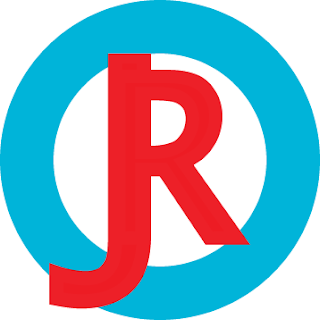I have chosen to digitally replicate the Sony Playstation 2, the PS2 is personal to me despite being mass produced because of the many fun experiances I have had with mine. On March 4th the PS2 will be ten years old which serves as a reminder of how quickly time goes by especially in terms of computer technology.
I like the colour and almost brutalist appearance of the console which at the time set it apart from its competitors with its stylish matt black design.
I chose to display in an abstract grey void as if to document and view the object in perfect isolation. I payed close attention to detial using precise measurements so the model is accurate within 0.5mm.
To visually personalise it I added a correcting fluid name lable, as if to prevent confusion between mine and everyone else’s.
Originally I used the walkthrough assistant to have the camera fly though the gaps running along the length of the unit and then fly outwards and pan around to reveal the console. I felt that I needed to give a more gentle overview of the object which shows off its key features; so I changed the route to be an upward spiral with a target camera always facing the centre of the model.
 However we feel this might be too direct.
However we feel this might be too direct.
